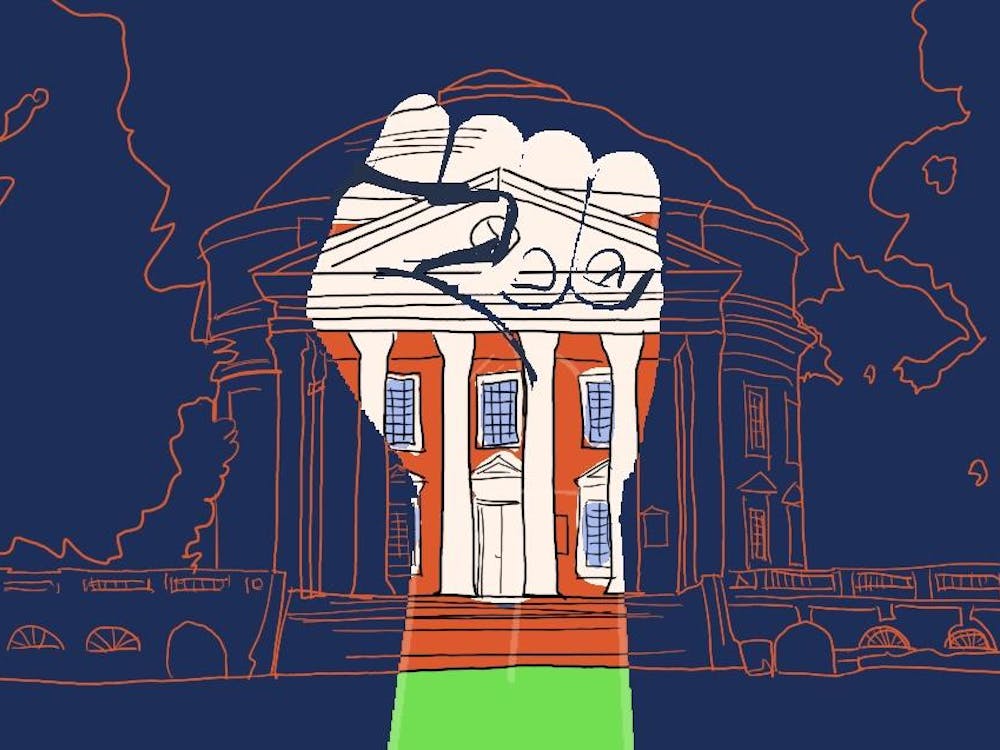Identity theft, once reserved for gangster movies, is an increasingly common phenomenon. In this information age, the sheer abundance and accessibility of personal data, particularly in computerized formats, makes identity theft a real threat for many individuals. The problem is so bad that the Federal Trade Commission reported that the number of identity theft complaints doubled over the past two years, with 82,000 in 2001 and 162,000 in 2002 ("9-Digit 'Social' Overused as ID," Wired News, Jan. 29).
A Social Security number is the most valuable piece of information a potential crook could gather concerning his would-be victim. These numbers represent the numerical keys to our identities, yet they are more widely disseminated than ever. Most University students possess a student ID number identical to their Social Security number. To help prevent possible foul play, the University should take steps to enact a new method for assigning student ID numbers.
With growing concern over Social Security numbers and identity theft, California Assemblyman Joseph Simitian has decided to take action. He is sponsoring a proposal to prohibit California state universities from printing Social Security numbers on student IDs. This comes after a report of over 100 students at the University of California at Riverside whose Social Security numbers were used to illegally open credit card accounts.
Fortunately, the University is ahead of the game in this regard. Starting in the spring of 2001, the University's ID Office stopped printing student ID numbers on student IDs, with the number instead encoded in the card's bar code. Students with IDs in the old format are welcome to exchange their card for the more secure new cards at the University ID Office in the lower level of Observatory Hill Dining Hall.
Additionally, students have the option to ask the University to assign them a student ID number different from their Social Security number, provided the student does not receive any type of financial aid, such as loans or grants. International students receive a University-assigned student ID number. If those students begin working for the University, however, their new Social Security number replaces their original ID number.
The problem, according to Assistant Registrar Robert LeHeup, is that ISIS is an old tracking system built at a time before identification theft was a pressing concern. As a result, ISIS is capable of carrying only one identification number per student. The system captures students' Social Security numbers at the point of application for enrollment, and most students never pursue the possibility of having their ID number differ from their Social Security number.
Although complaints concerning student ID numbers have increased, students should not expect any immediate change to take place. Clearly, the University is capable of assigning students new ID numbers, as it does in the case of international students and students who request a University-assigned ID number. It is simply not that easy, though, to change the entire system. As LeHeup explained, "If a decision is made to replace ISIS, that will be a huge project."
Because an overhaul of ISIS -- the program responsible for limiting the freedom of many students to change their ID numbers -- would take a long time to complete, the Registrar's Office should implement steps to begin the transition now. It is the University's responsibility to ensure the privacy of its students' personal information. A new system shouldn't be just a possibility -






